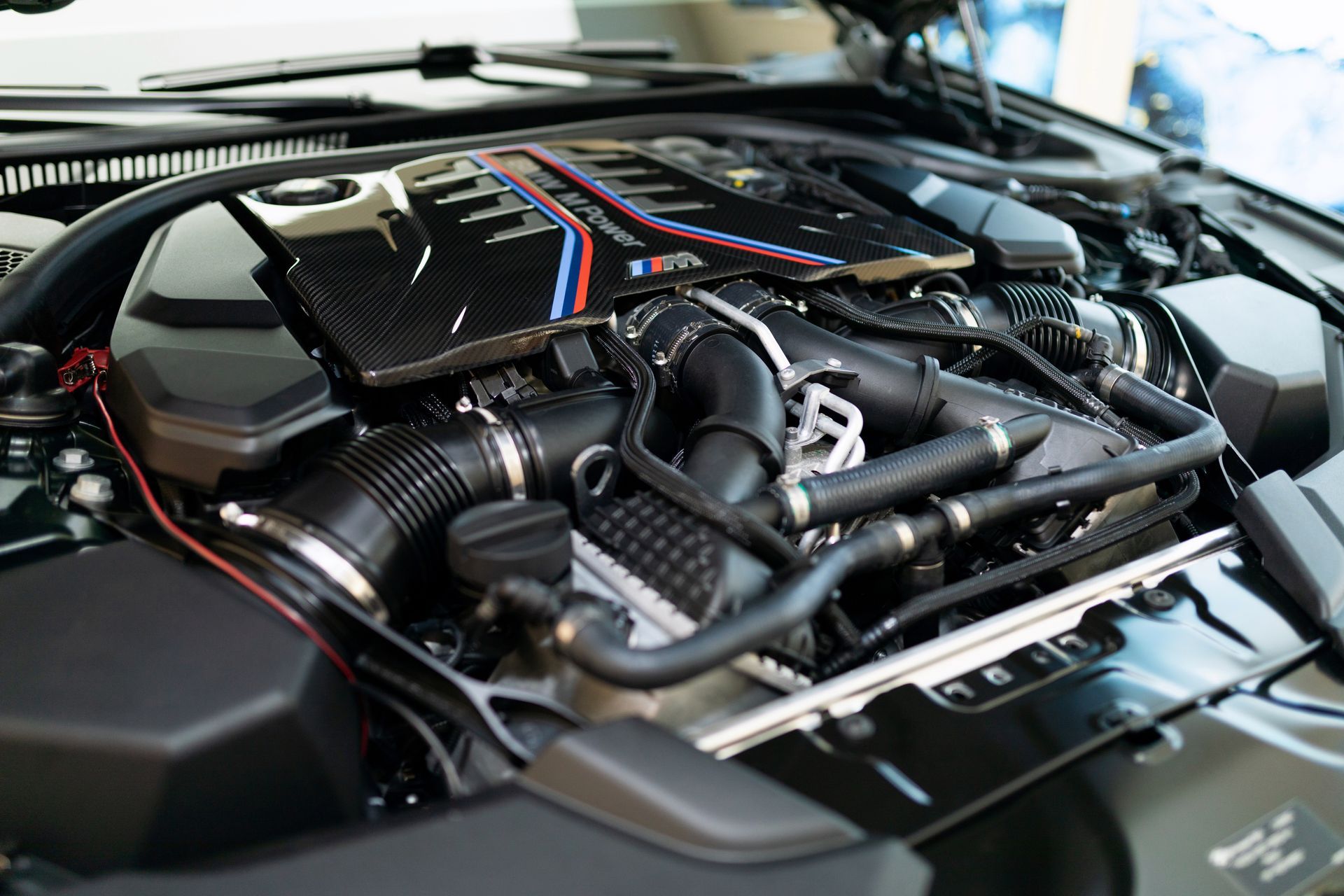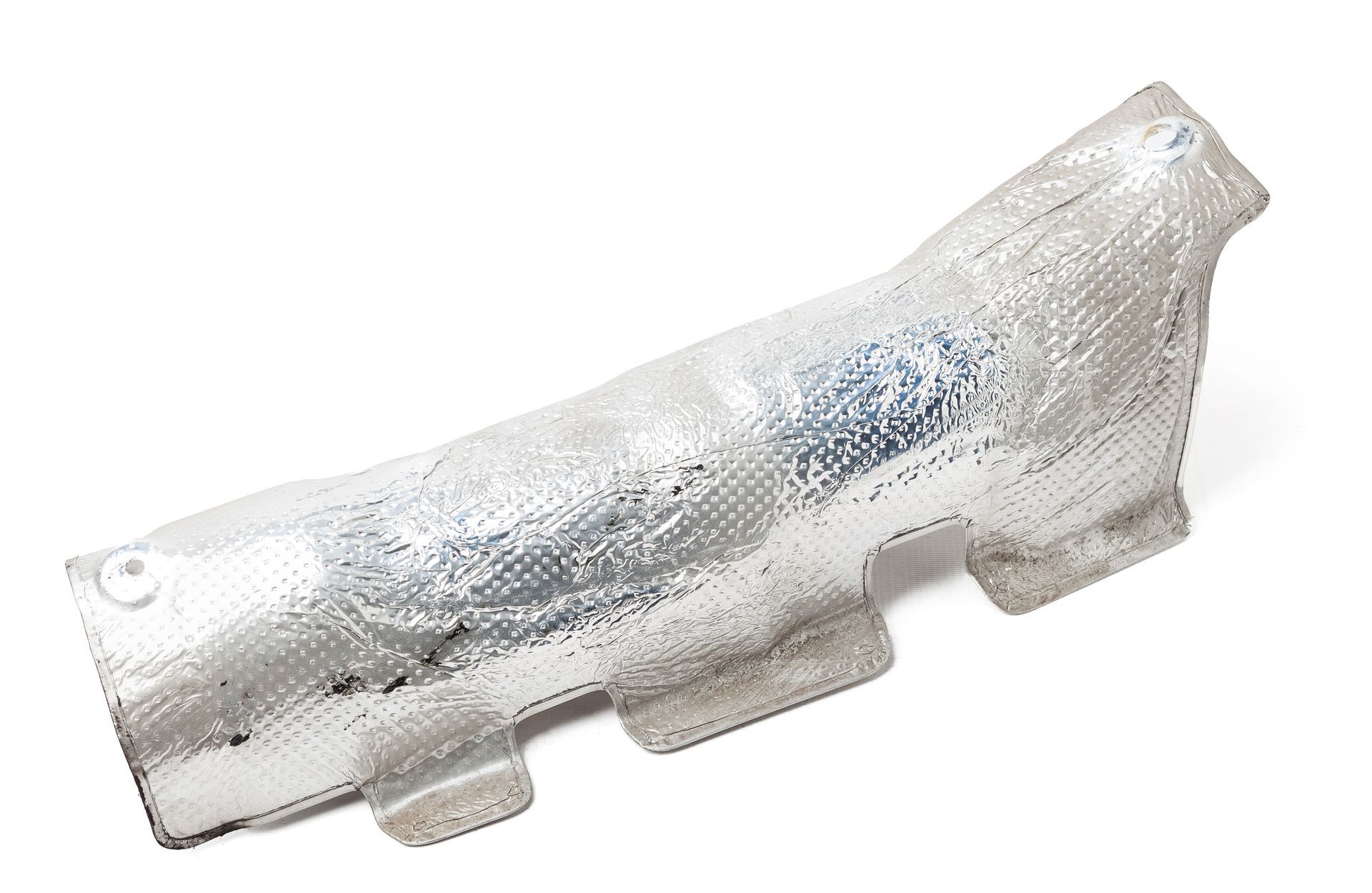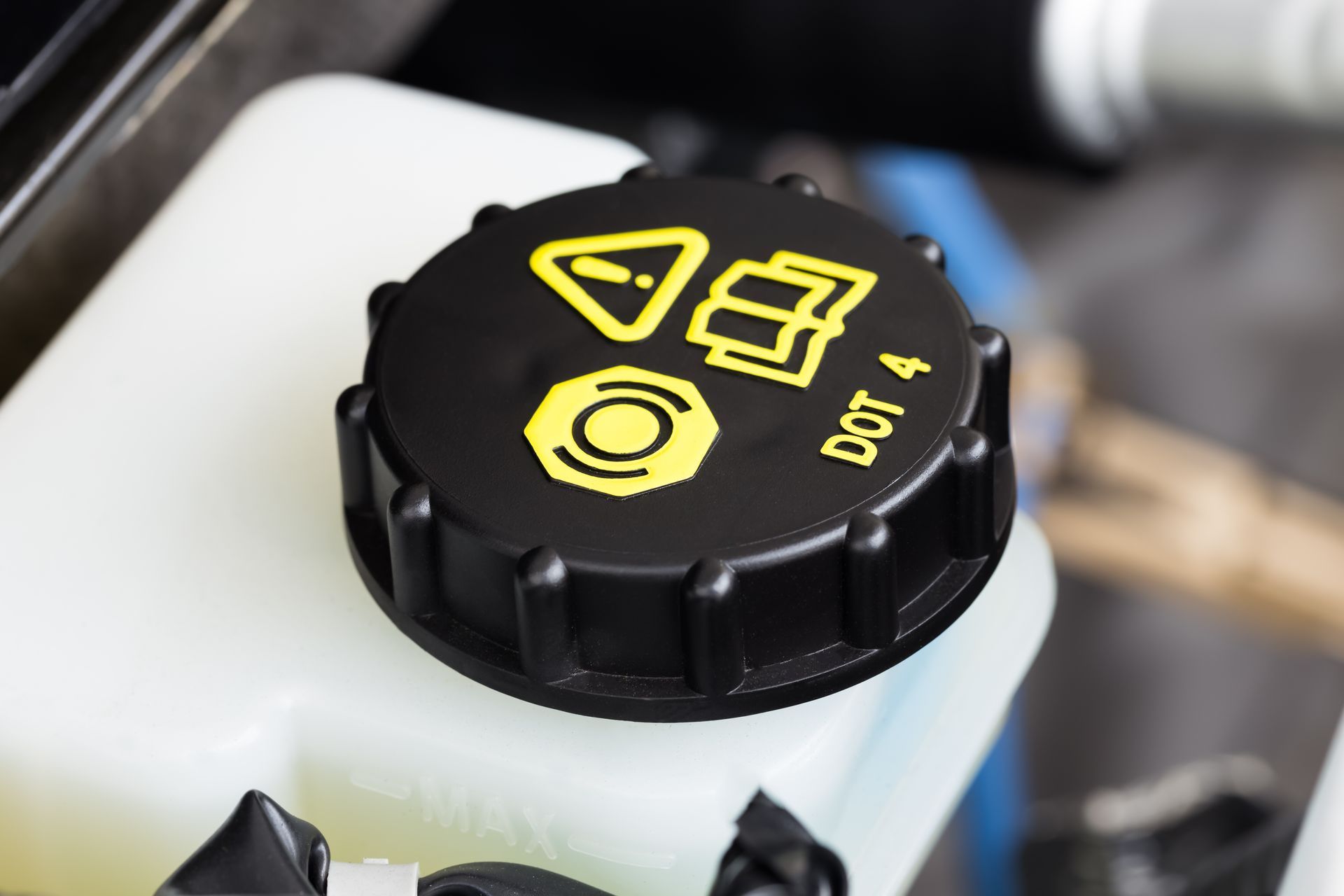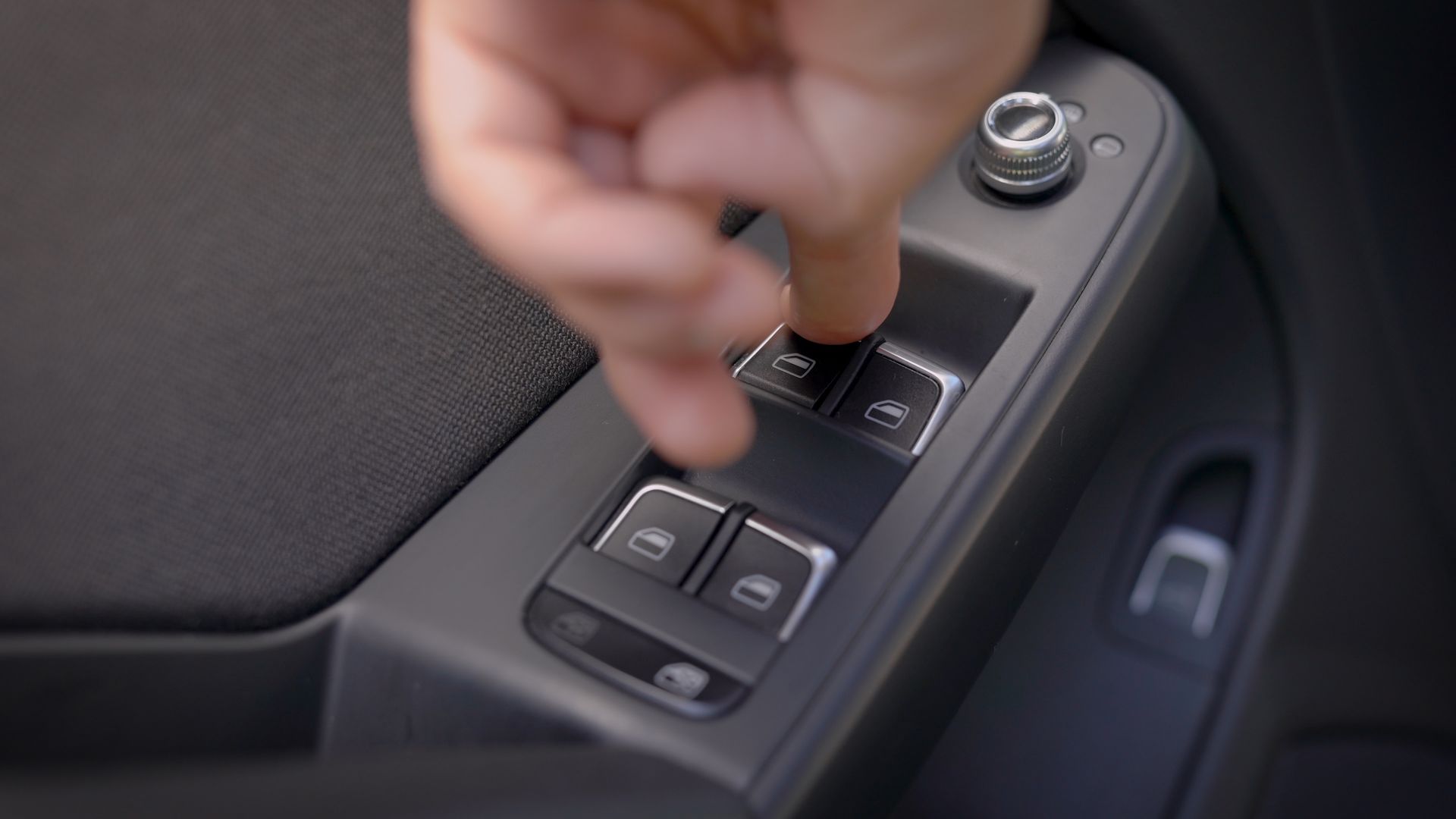A check engine light can trigger a wave of anxiety, especially if you're not sure what caused it or whether it's safe to keep driving. One of the most important details to notice is whether the light is solid or flashing. These two warnings mean very different things, and understanding the difference can help you avoid costly repairs or unsafe situations.
Here’s what both versions of the check engine light are trying to tell you, and what steps you should take next.
Solid Check Engine Light: A Warning That Shouldn’t Be Ignored
When the check engine light turns on and stays steady, it signals that something isn’t working correctly in the emissions or engine control system. This could be related to fuel delivery, ignition, exhaust sensors, or other components that help the engine run efficiently and cleanly.
Some of the more common causes for a solid light include:
- A loose or worn gas cap
- A malfunctioning oxygen sensor
- Failing spark plugs or ignition coils
- Issues with the mass airflow sensor
- Problems in the evaporative emissions system
In most cases, the car remains drivable, and there may be no noticeable symptoms right away. However, driving for too long with this warning can lead to decreased fuel economy, rough performance, or damage to sensitive parts like the catalytic converter. It’s best to schedule diagnostics soon to determine what triggered the alert.
Flashing Check Engine Light: Stop Driving Immediately
A flashing light, on the other hand, is a sign of a much more serious problem. It often means the engine is misfiring badly, which can send unburned fuel into the exhaust system. This fuel can overheat and damage the catalytic converter, a component that is expensive to replace.
Common causes of a flashing check engine light include:
- A severe misfire in one or more cylinders
- A failed ignition coil or spark plug
- A clogged or malfunctioning fuel injector
- Mechanical problems such as a worn timing chain or valve issue
If the light starts blinking while you’re driving, reduce speed and pull over as soon as it’s safe to do so. Continuing to drive in this condition may lead to further damage or even a breakdown. Once stopped, it’s best to have the vehicle towed to a repair facility for diagnostics.
What Happens During Diagnostics
When the check engine light comes on, a trouble code is stored in the car’s onboard computer. These codes serve as a starting point for pinpointing the issue. A technician can use a diagnostic scanner to read the codes and narrow down what caused the warning light.
From there, further testing may be needed to confirm the root of the problem. That might include checking fuel pressure, inspecting ignition components, or verifying the condition of sensors and wiring. The goal is to identify the failure before it leads to more serious issues.
Is It Safe to Keep Driving
In the case of a solid light, the car may still operate normally, but that doesn't mean the problem is minor. Even small issues can affect performance or lead to more expensive repairs down the line if not addressed. If the light is flashing, it’s not safe to continue driving, as damage to the engine or exhaust system can happen quickly.
Knowing the difference and responding appropriately can make a big difference in how much time and money are spent on repairs.
Keep Your Vehicle Safe and Reliable with Team 1 Automotive
If your check engine light is on, whether steady or flashing, it's important to find out what's behind it. At Team 1 Automotive in Columbia, SC, we provide complete diagnostics and reliable repairs so you can get back on the road with confidence. Schedule your visit today and let our team help keep your car running its best.












